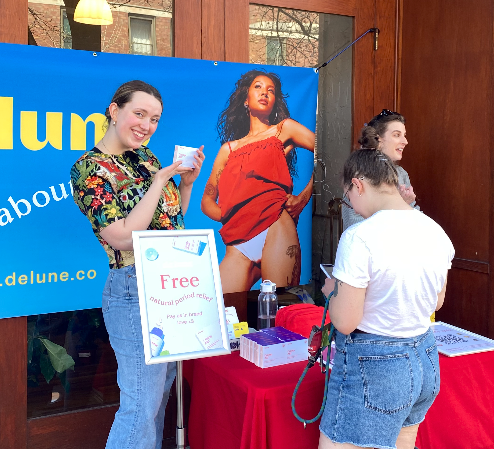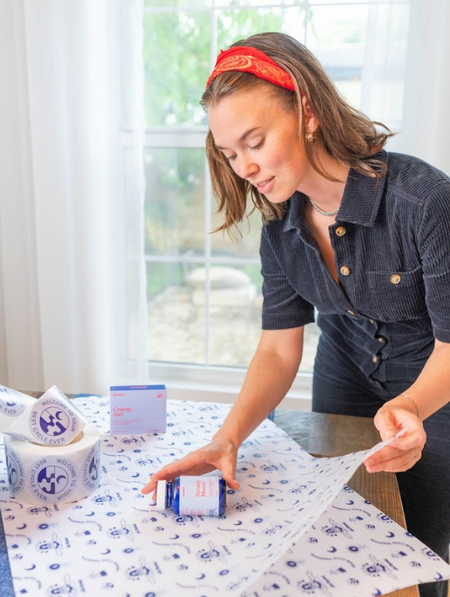How it started
De Lune began with my own struggle to manage period pain, and the realization that too many people face the same challenges without support. I created this company to fight for menstrual equity and to share relief that actually works.
De Lune began with my own struggle to manage period pain, and the realization that too many people face the same challenges without support. I created this company to fight for menstrual equity and to share relief that actually works.

De Lune grew into a movement, bringing relief to thousands of people who once felt overlooked! Along the way, we earned the support of investors, gynecologists, dietitians, and even menstrual pain researchers at Harvard Medical.

Then, the unthinkable happened. In the same year, we got De Lune into Whole Foods and the funding for our category dried up. We had to get really scrappy.

Today, I’m exploring a new chapter for De Lune—crafting small, premium seasonal batches of our formulations with even more care and intention. I’d love for you to join me on this journey and be part of what’s next.
With love and gratitude,
mimi
Founder of De Lune

Your cart is currently empty.